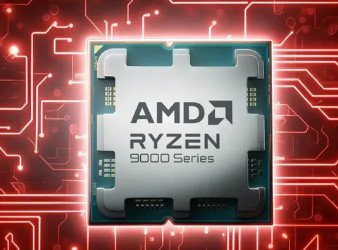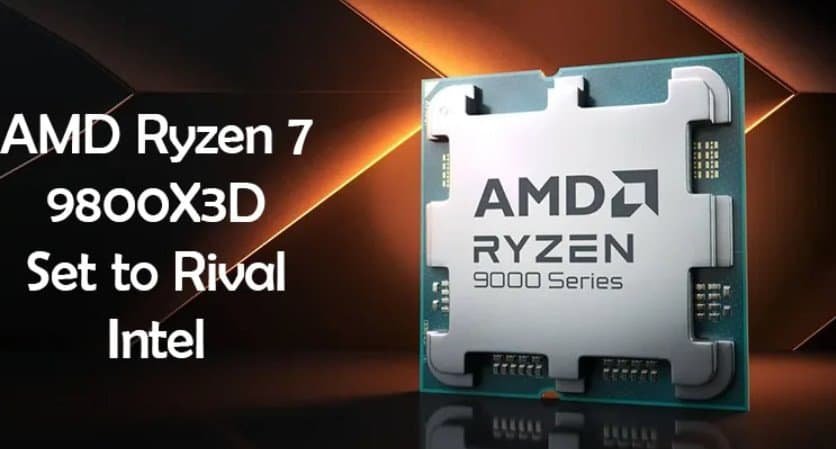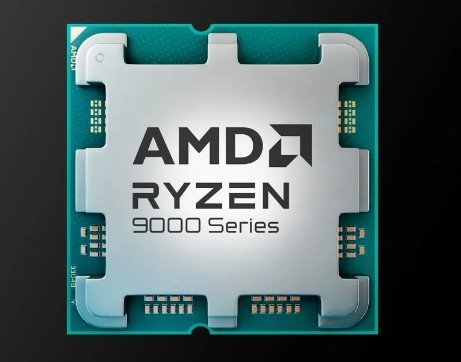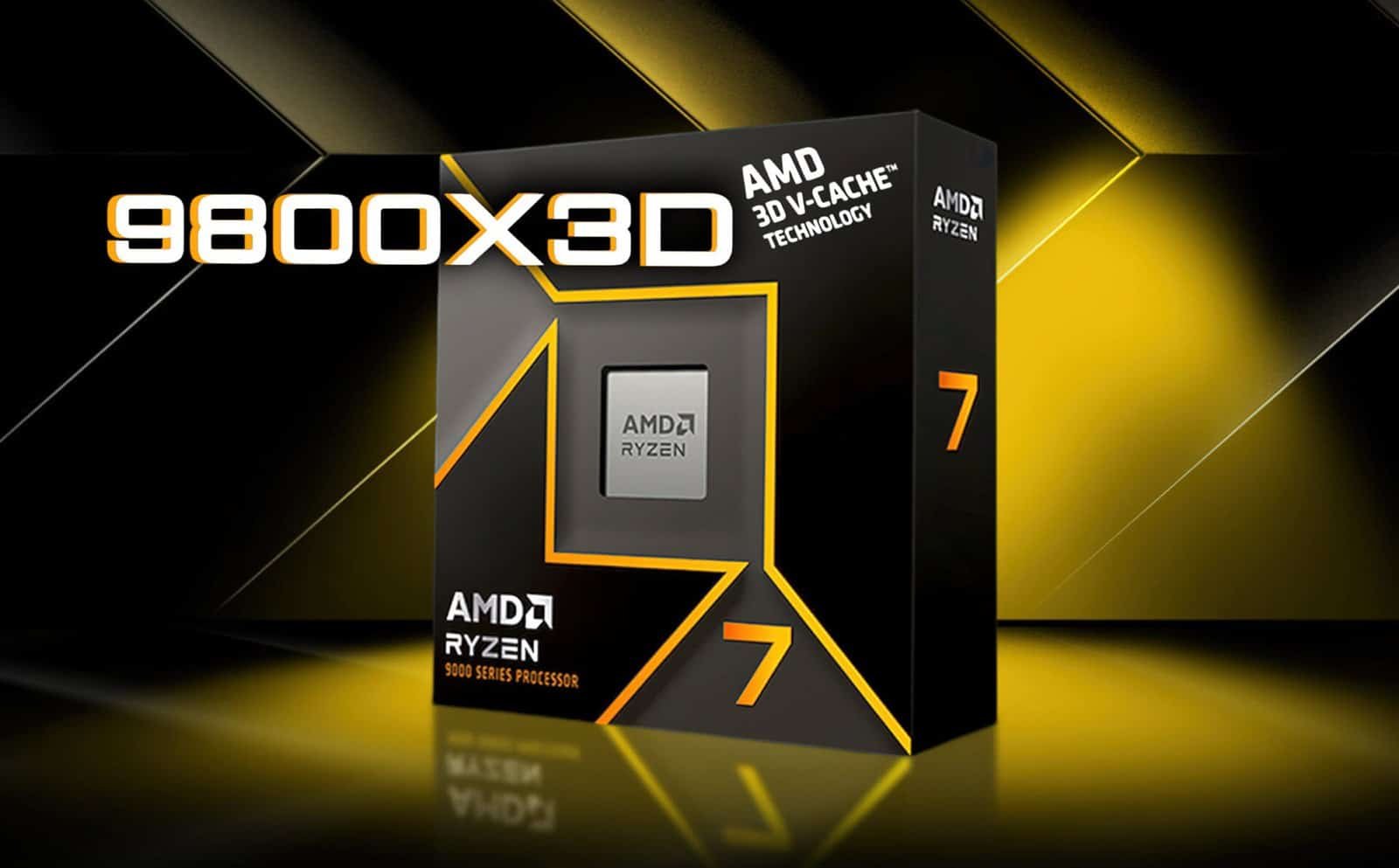AMD’s Ryzen 7 9800X3D with 3D V-Cache is demonstrating remarkable single and multi-core performance, now rivaling the 9950X and 14700K. Set to launch in less than two weeks, new benchmark results reveal the CPU’s raw capabilities. This is the second performance metric on Geekbench for this processor showing that there is a significant improvement from raw power point of view between X3D models.

More About the AMD Ryzen 7 9800X3D
The Ryzen 7 9800X3D was tested using Geekbench v6.2 on an ROG Crosshair X870E Hero motherboard with Precision Boost Overdrive (PBO) enabled, overclock the default boost clock as high as up to 5.27 GHz The CPU achieved impressive scores of 3,339 points in single-core tests and 18,658 points in multi-core tests, surpassing its previous generation X3D predecessor by up to 25%. In earlier benchmarks, the CPU scored 3,305 in single-core and 18,221 in multi-core tests, showing a slight improvement with the latest results.
While scores can vary between tests, the Ryzen 7 7800X3D typically scores between 2,600 and 2,800 for single-core performance and around 15,000 to 16,000 for multi-core performance. Currently, there are three benchmark entries for the Ryzen 9800X3D, suggesting that scores may continue to improve as more data becomes available.

As it stands, the Ryzen 9800X3D’s performance is comparable to high-end Intel Core i7 and i9 processors from the Raptor Lake/Refresh lineup in single-core tests and already outperforms the non-X3D Ryzen 9000 Zen 5 chips, such as the Ryzen 7 9700X.
This is the first instance where an X3D CPU exhibits superior single and multi-threaded performance compared to its non-X3D counterpart, making it an excellent choice for both gaming and productivity. According to Geekbench specifications, the CPU features a base clock of 4.7 GHz and a boost clock of 5.27 GHz, which may have exceeded 5.2 GHz due to enabled PBO, as evidenced by recent instances of the Ryzen 9800X3D reaching 5.6 GHz.
The L3 cache is still 96 MB, consistent with predecessor will be sufficient for most modern gaming and some select CPU-heavy tasks. In contrast to Intel, which struggles to maintain consistent gaming performance with its Core Ultra 200S compared to previous generations, AMD is in a notably stronger position. Newly found information has also revealed the first delidded looking pictures of the CPU which confirm that it uses Sony’s 3D V-Cache stacking technology.

Gamers after maximum power efficiency should make the AMD Ryzen 9000X3D family a top choice. Intel’s high-end sunflower, such as the Core Ultra 9 285K, can break through to nearly 100W in some cases during pure game load test. However, X3D with mild operation usually just turned on at 60W, all while delivering significant performance advantages. It gets worse when you look at the data for Intel’s other upcoming chips — Raptor Lake and Refresh.


